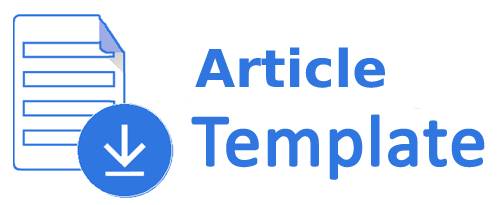Applied Classification in Web Knowledge Management
DOI:
https://doi.org/10.17821/srels/2011/v48i1/43936Keywords:
Classification, Taxonomy, Ontology, Topic Maps, Semantic WebAbstract
Classification is a primary method of information organization, as it meets the most important objective of information organization, which is to bring essentially like information together and to differentiate what is not exactly alike. Classifications may be used for categorizing and representing entities (or their labels)/ concepts and their relationships. The article discusses different terminologies; concepts and definitions used in applied classification with regard to web knowledge management and conclude with a look at some ideas for the future of classification on the Internet.Downloads
Downloads
How to Cite
Issue
Section
License
All the articles published in Journal of Information and Knowledge are held by the Publisher. Sarada Ranganathan Endowment for Library Science (SRELS), as a publisher requires its authors to transfer the copyright prior to publication. This will permit SRELS to reproduce, publish, distribute and archive the article in print and electronic form and also to defend against any improper use of the article.
Accepted 2013-12-27
References
Chan, (L M). Classification: Present and future. Cataloguing and Classification Quarterly. Vol. 121(2); 1995; p5-17.
Dodd (D G). Grass roots cataloguing and classification: food for thought from World Wide Web oriented hierarchical lists. Library Resources and Technical Services. Vol. 40(3); 1996; p275-86.
Marcella (Rita) ed. The Future of Classification. Hampshire and Vermont: Gower, 2000, p59-67.
Satija (M P). The revision and future of Colon Classification. Knowledge Organization. Vol. 24(1); 1997; p18-23.
The project HyPursuit at MIT Comp. Science Lab. URL: http://www.psrg.lcs.mit.edu: 80/Projects/CRS/ HyPursuit

 K. Shivarama Rao
K. Shivarama Rao








